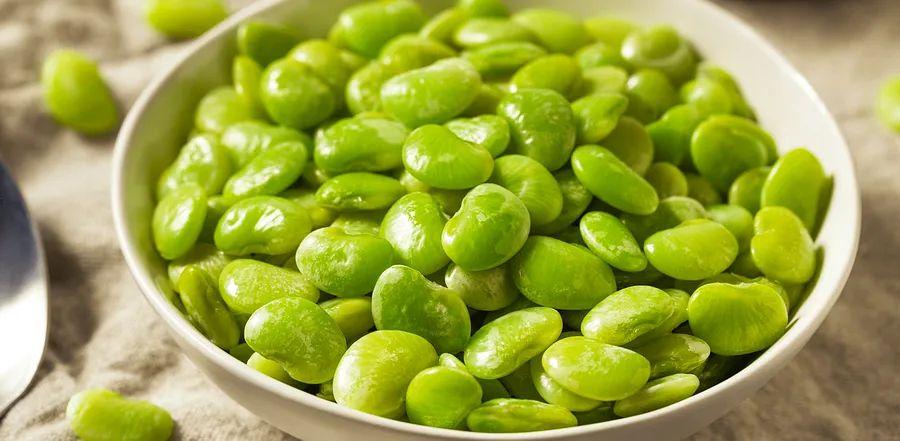Butter Beans vs Lima Beans: What Sets Them Apart?

For many, the mere mention of "lima beans" is enough to trigger an immediate dislike. No matter what else is on the plate, that thought alone can ruin the entire dish.
But switch the word "lima" to "butter," and suddenly the tone changes. People are more likely to give it a chance, maybe even try a bite.
So, is that all there is to it? Or do butter beans stand as an entirely different ingredient altogether?
Are Butter Beans and Lima Beans Really Different?
Apart from their names and occasional color differences, butter beans and lima beans are virtually identical. They both belong to the species Phaseolus lunatus, with the distinction in their names being largely a regional preference. In the American South and the UK, they're known as butter beans. In the rest of the U.S., they’re called lima beans, named after Lima, Peru, where these beans have been cultivated for over 9,000 years.

What Do Butter and Lima Beans Taste Like?
These slightly curved legumes offer a buttery flavor and a creamy texture when cooked, which likely inspired the "butter" name (as well as their pale beige color when mature). If you encounter butter peas, Madagascar beans, or gigante beans, you're actually looking at lima beans. The smaller variety, often called baby lima beans, is also referred to as sieva beans.
Butter and lima beans offer a distinctly bean-like, mild flavor with an almost velvety texture, if you can push past any childhood aversions. If you find their slightly starchy nature off-putting, try cooking them from dried beans instead of fresh. In the U.S., they’re typically eaten young — fresh and green — whereas mature beans are beige or dried. When using fresh, young beans (often called baby limas), I remove the outer skin from the pale green beans before offering them to my daughter, as the skin’s texture can be unappealing to her. On dried or canned beans, however, the skin softens to the point where it’s unnecessary to remove it.
Ideas for Cooking Butter or Lima Beans
Since butter beans and lima beans are interchangeable, they can be used in any recipe that calls for beans. They work well in comfort foods like soups, stews, baked beans, and casseroles, as well as in traditional dishes like succotash, Gigantes, and dishes with salt pork. But these beans are also perfect for lighter fare such as bean salads or as an addition to dips and spreads.
Simple Butter/Lima Bean Recipes to Try:
- Pan-Fried Butter Beans
- Slow Cooker Southern Lima Beans and Ham
- Nancy's Butter Beans
- Luscious Lima Bean Soup
Adding butter or lima beans to any dish with broth is a great idea, as they absorb the liquid, becoming creamy and thick while taking on all the flavors. That’s why I prefer to simmer dried beans directly in the dish, rather than soaking them overnight in water. Their subtle flavor works wonderfully in dishes with bright citrus or bold, tangy sauces.

1

2

3

4

5
Evaluation :
5/5